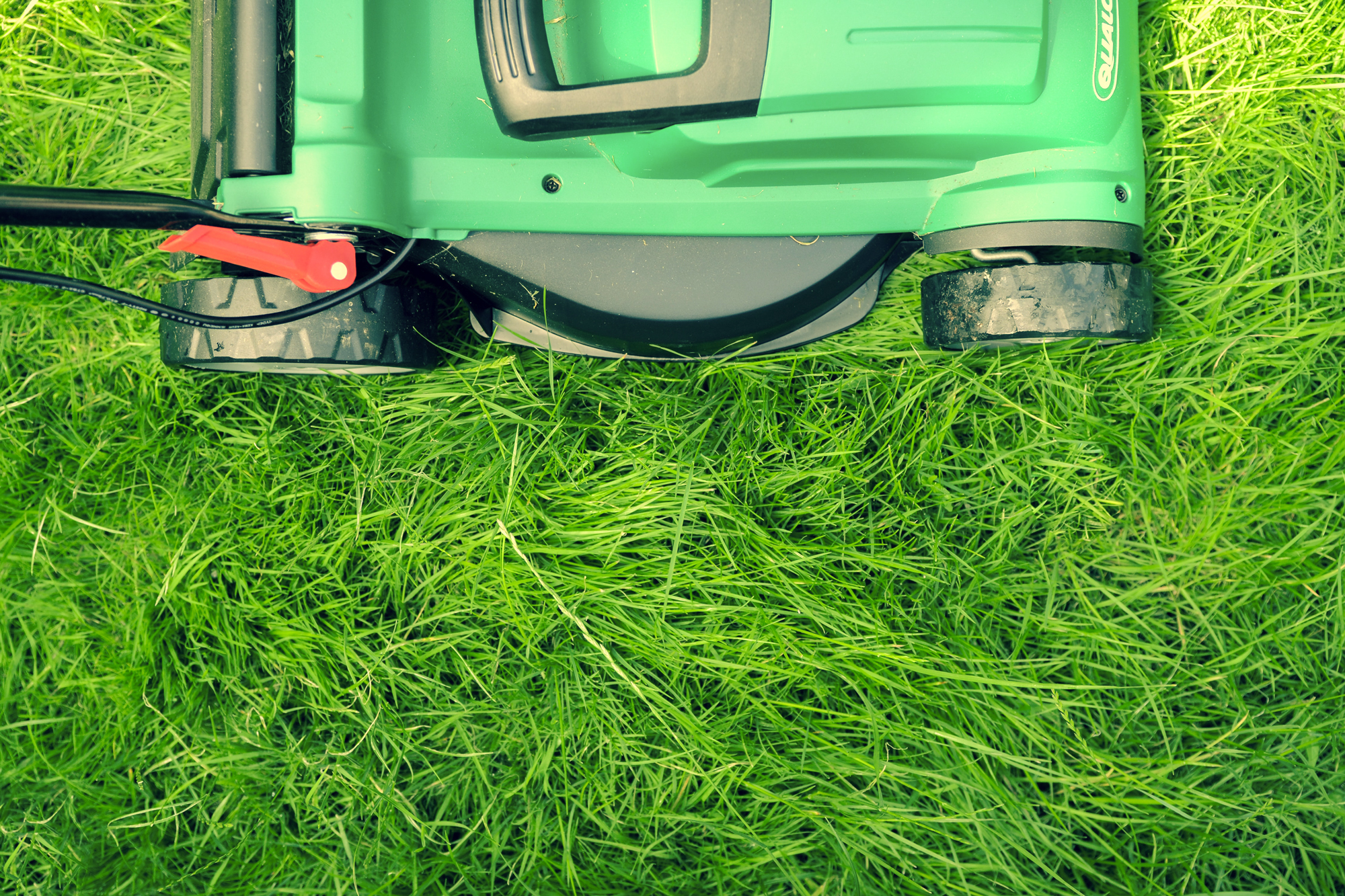If you take a look at my back yard right now, you’re going to have some explaining to do, because you can only see the yard from inside my house or from neighboring private property. Instead, how about I take a look for you, and then I’ll tell you what I see.

I see plenty of work needed. Grass lawns don’t just grow back healthy and hearty year after year, not without help, anyway. We laid down brand-new sod on our property just four years back, and for the first year following, the yard looked pretty great with minimal effort. In all the years since, however, the effort needed to keep the lawn healthy has grown every spring.
The fact is, in most parts of America, a grass lawn will be all weeds and moss after just a season or two unless it receives concerted effort and upkeep. The good news is, with proper guidance and tools, you can revive your lawn with just a few hours of work on a few weekends followed by routine maintenance like mowing, light weed killers, and proper irrigation.
What You Need
With the right garden tools, you can breathe new life into your lawn in no time. OK, maybe in like an afternoon of work. As it happens, breathing life into the lawn is quite the apt metaphor.
Here are some tools you’ll want before you start:
- Thatching rake: Thatch is that layer of dead stuff — mostly grass — that builds up between the blades of grass and the soil and prevents the roots from getting enough water or air. You can dig into the thatch pretty aggressively as you rip it away from the healthy green blades.
- Lawn aerator: Just like you, your grass needs to breathe to grow. (Unlike you, it doesn’t need oxygen, but still.) Aerating the soil allows air to get down to the roots and leads to a healthier lawn better able to resist weeds.
- Weed remover: Weeds compete for water and nutrients, so you need to get rid of them. If there are only a few about, just pull them by hand. If you have lots of weeds to contend with, try a weeding tool like the one shown at the link.
- Broadcast spreader: Whether you use it to spread “weed n’ feed” for a yard with a serious weed problem or to spread lime or fertilizer to help the grass thrive, a broadcast spreader is a cheap, reliable way to make your yard maintenance easier.
- Transfer shovel: Usually used for moving stuff like mulch and fertilizer around (transfer, see?), this type of shovel is also great for cutting beds or cutting out patches of yard that can’t be revived.

What to Do
- Some patches of your yard just aren’t coming back, buddy. If you have areas where moss has fully taken over or where it’s all weeds or all grown grass without a hint of green shoots, the best thing to do is tear out those sections entirely. Use a shovel with a broad blade (and a pick if needed) to cut out the sections of lawn that aren’t coming back, then prepare the area of removed material for new sod by raking across the exposed soil or by added enough peat moss to hold the seeds you’ll soon be sowing.
- It’s time to get to the de-thatching. As noted above, if your yard is relatively healthy, you can be pretty aggressive as you pull out the thatch. Go in one direction across the yard, then switch and de-thatch in a perpendicular direction to make sure you get it all up. Or most of it, anyway.
- Now it’s time to do some weeding. Hopefully you caught some of the weeds with that thatch rake of yours, but take the time to remove as many more as possible, as they will thrive along with your grass if you don’t.
- Finally, use your aerator to make sure that lawn can breathe. The yard should now be prepped for the final steps: new growth.
A Note About Over-Seeding Grass
Few lawns not comprised of sod laid within the last year are so healthy that they don’t need further improvement. Over-seeding is the process of adding more grass seed to a yard where plenty of blades are already growing. To over-seed, you need to have a ready supply of peat moss on hand as well as, of course, grass seed.
Spread a thin layer of peat moss all over the yard — just a quarter-inch or so, a little something to hold the seeds and some moisture but not so much that it covers any existing blades — then spread grass seed evenly everywhere. If you can see a lot of the seeds, add another thin layer of peat moss.
Now water the yard daily with a lawn sprinkler for at least the next month (unless it rains, of course), and remember that single long watering sessions are much better then multiple short sessions, as long watering encourages deep roots, which means healthier grass more readily resistant to weeds.
And go ahead and apply some Buy at Amazon , but not until late spring when the grass has had the chance to toughen up some.



